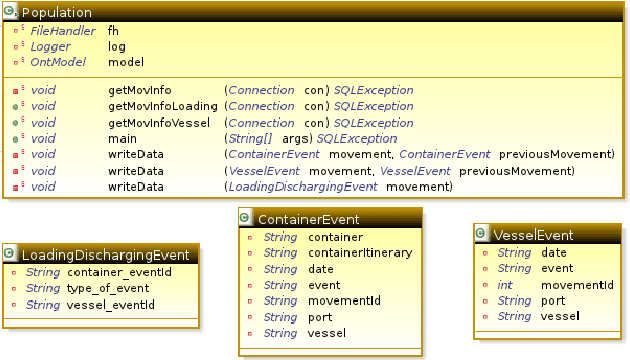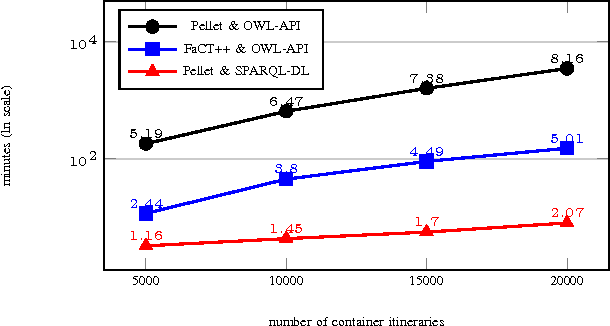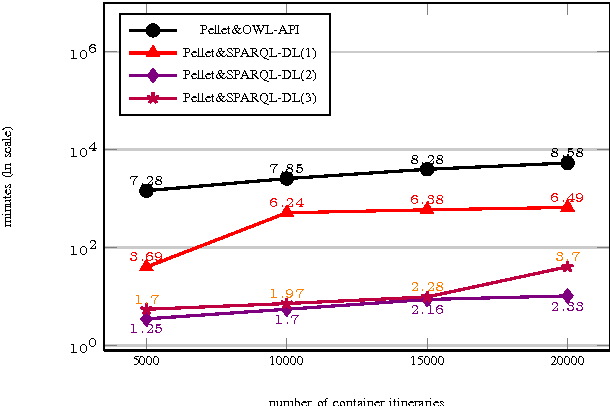Semantic-based Anomalous Pattern Discovery in Moving Object Trajectories
Paper and Code
May 08, 2013



In this work, we investigate a novel semantic approach for pattern discovery in trajectories that, relying on ontologies, enhances object movement information with event semantics. The approach can be applied to the detection of movement patterns and behaviors whenever the semantics of events occurring along the trajectory is, explicitly or implicitly, available. In particular, we tested it against an exacting case scenario in maritime surveillance, i.e., the discovery of suspicious container transportations. The methodology we have developed entails the formalization of the application domain through a domain ontology, extending the Moving Object Ontology (MOO) described in this paper. Afterwards, movement patterns have to be formalized, either as Description Logic (DL) axioms or queries, enabling the retrieval of the trajectories that follow the patterns. In our experimental evaluation, we have considered a real world dataset of 18 Million of container events describing the deed undertaken in a port to accomplish the shipping (e.g., loading on a vessel, export operation). Leveraging events, we have reconstructed almost 300 thousand container trajectories referring to 50 thousand containers travelling along three years. We have formalized the anomalous itinerary patterns as DL axioms, testing different ontology APIs and DL reasoners to retrieve the suspicious transportations. Our experiments demonstrate that the approach is feasible and efficient. In particular, the joint use of Pellet and SPARQL-DL enables to detect the trajectories following a given pattern in a reasonable time with big size datasets.
 Add to Chrome
Add to Chrome Add to Firefox
Add to Firefox Add to Edge
Add to Edge